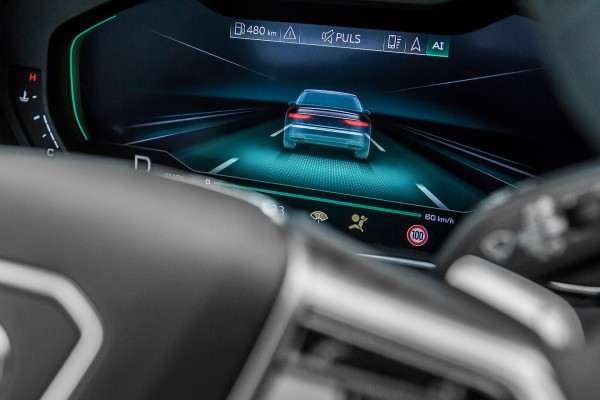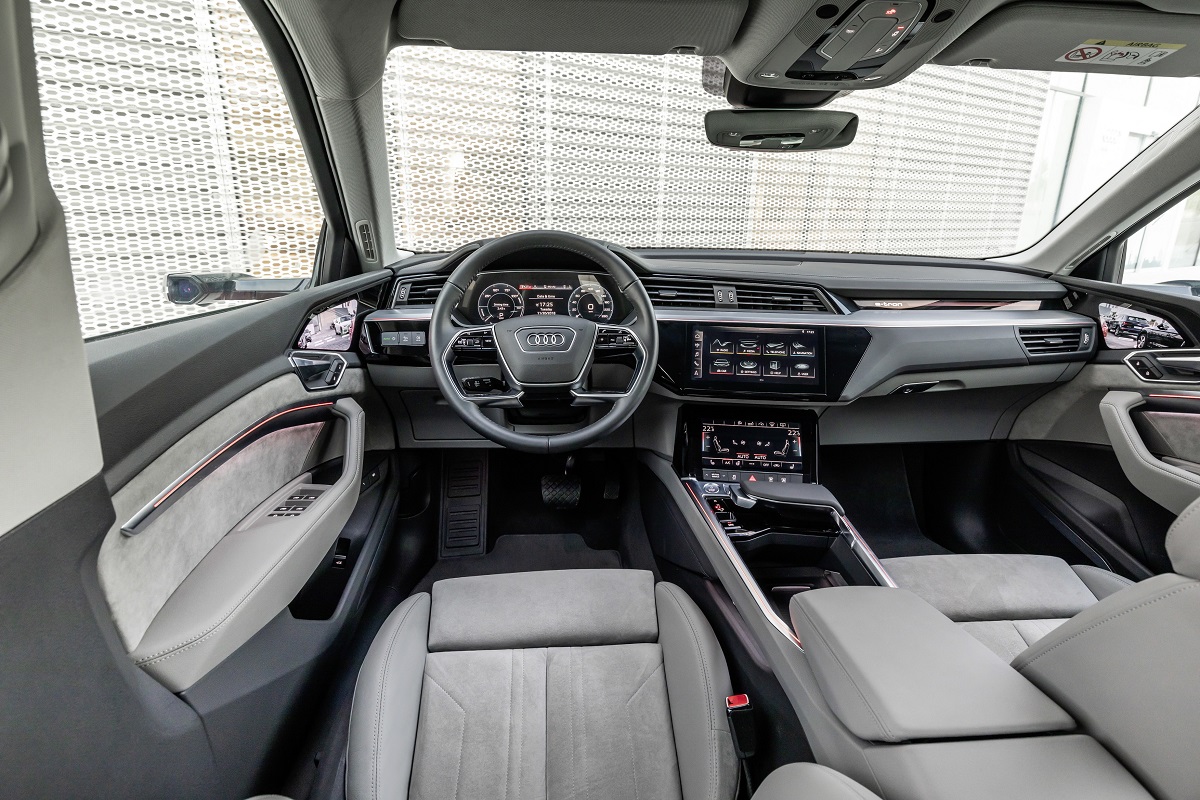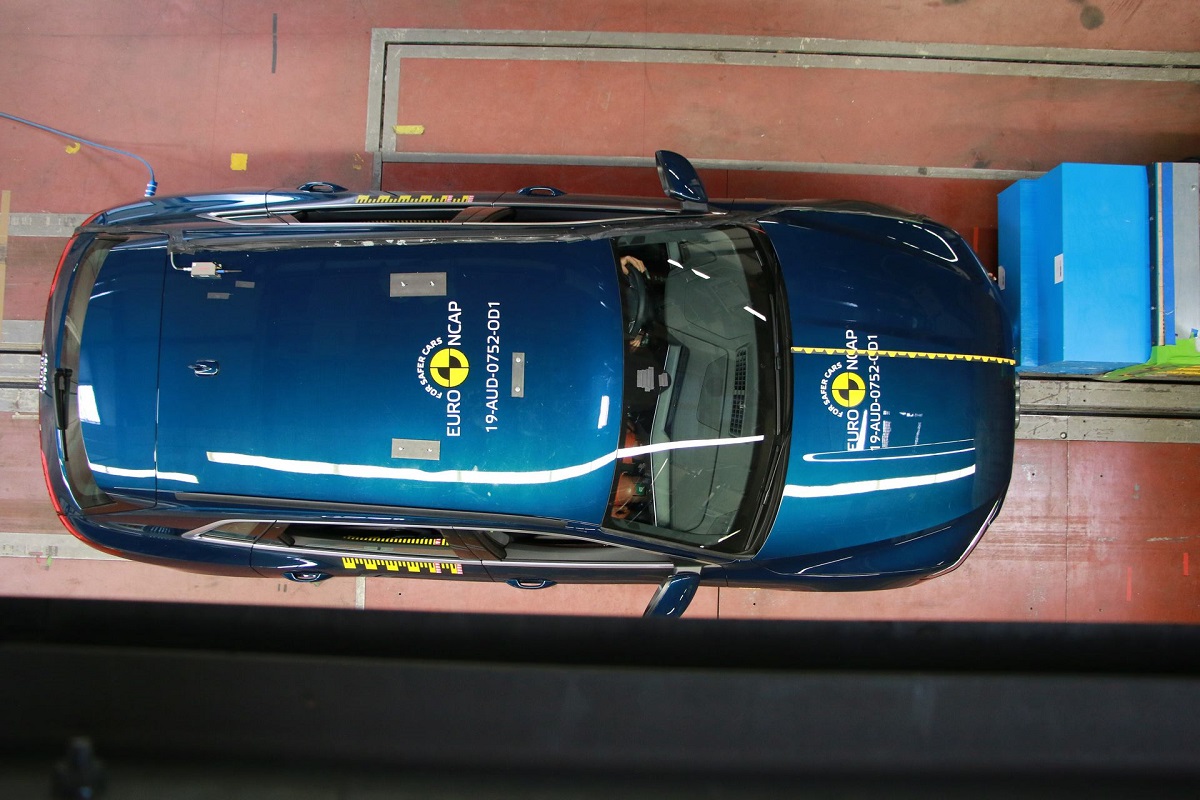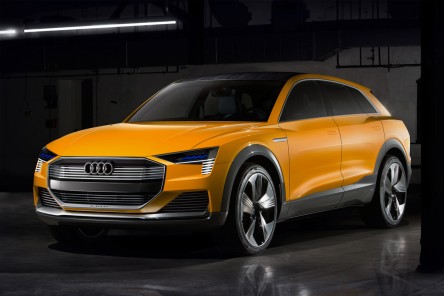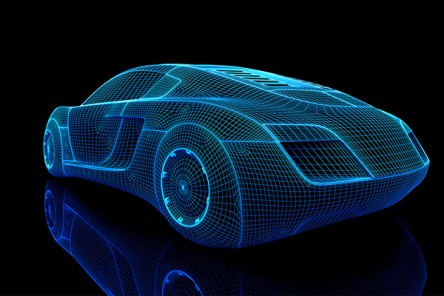Kai Jennoch from the PSW restraint systems /airbags development department and his colleague Valentin Berrueco from calculation/ simulation supported the customer Audi in the development of passive safety systems of the Audi e-tron. On the one hand, their task has been to develop the corresponding components together with other PSW colleagues from seatbelt and air bag development in coordination with the Audi specialist departments.
At the start of the year Kai and Valentin took their ‘Final Examination’ together with their colleague from structural development Markus Kemmler with the Audi e-tron. In coordination with Audi they spent three days at the Bundesanstalt für Straßenwesen (Federal Highway Research Institute) in order to monitor the test procedure of the Euro NCAP for the Audi e-tron. The experiences that the PSW team had at Audi e-tron formed the basis for jointly developing passive safety systems with additional electric vehicles. ‘Mobility of the future will be electric. It is important that such projects will further broaden our already comprehensive know-how’, says Kai. “The e-tron has reached the full five star rating. The tests have also shown that the leg protection is really outstanding. In the design we have ensured that the foot space has many cushioned areas, which makes the vehicle very safe”, Kai Jenoch, PSW department development Restraint systems/Airbags.
